IMMEDIATE RELEASE – Surrey, BC
The City of Surrey has released a new report by Shirocca Consulting titled “Economic Benefits of Surrey LRT”, available on the city website.
Our initial analysis of the report finds that there is a very wide gap between what this study is trying to push and what transit riders and commuters actually care about. As a result of these gaps, we have found that the majority of the findings in the study are invalid – and cannot acceptably represent a positive business case for Surrey LRT.
The original Surrey Rapid Transit Study, commissioned by TransLink and endorsed by Surrey, found a negative business case for Light Rail in terms of transportation benefits failing to outweigh the cost. By contrast, this study is avoiding the transportation case and is focusing on numerous other things like how many workers get hired to build the line, how much is being paid to drivers and operations staff, and other vague indications of effectiveness that do not actually matter.
Transit riders and commuters are not interested in these vague details – they want to know if they’ll be able to get around the city easier. The study continues the assumption that Light Rail will make a meaningful improvement to access, which it does not do. Tangible improvements in travel time and access are a fundamental requirement to realizing economic developments from rapid transit. The fact that Light Rail fails in this regard invalidates the entirety of the study’s section 5 (“Contributions to economic development”).
The proposed “L-Line” on 104 Ave/King George Blvd is only 1 minute faster than the current 96 B-Line, which could receive Bus Rapid Transit enhancements at a far lower cost.
A SkyTrain extension would let Langley riders reach Waterfront Station in under 60 minutes, or any and every major regional centre within an hour and a half. An LRT would only allow commuters to reach Surrey or New Westminster within 1 hour. That is why there is strong opposition to LRT in the Township of Langley.
We have identified two additional key flaws in this study. The first flaw is that the study attempts to suggest that Light Rail is the solution that “makes sense” for Surrey because it will have more stops than a SkyTrain extension on the same route. This does not match the trends on recent SkyTrain expansions, where rider surveys have indicated that trip speed and quality of service are the #1 factor in attracting ridership and promoting transit use.
It should be noted that SkyTrain has a ridership per kilometre that is unmatched by any single Light Rail system in Canada or the US (numbers from APTA, CUTA – compiled [HERE] and [HERE]).
The second flaw is the continued suggestion that because Light Rail is a railway with tracks, it creates “permanence” and is more attractive. Bus Rapid Transit, or BRT, can receive the same “permanence enhancements” such as branding, way-finding information, landscaping, lighting, and a dedicated right-of-way. BRT can be equipped with sheltered stations/stops that have wait-time displays, off-board payment, seating and other useful amenities which add comfort and ambience, just like LRT.
Studies cited by professional transit consultants, such as renowned consultant Jarrett Walker, suggest that BRT actually attracts more development per dollar of investment. We are very displeased with the dismissal of BRT – which could cover far more of the city, in conjunction with a SkyTrain extension, for the same cost as proposed LRT.

Our biggest concern is that this study sets up many other major issues we have pointed out to continue to be completely ignored by decision makers.
This includes the damage, in terms of monetary compensation and the severe delays to commuters, with every accident along the LRT lines including vehicle-train collisions. Or the negative effect of removing a lane of through traffic on 104 Ave, the city’s primary corridor from City Centre to the Trans-Canada Highway.
This also includes the performance metric. Light Rail systems across North America are unable to rival SkyTrain-type rapid transit systems in on-time performance, reliability and ridership. Bus Rapid Transit systems are also more flexible than Light Rail – buses can detour in the face of blocked tracks and accidents, and through-run onto other corridors to provide more direct service (i.e. a continuous 96 B-Line from White Rock Centre to Coquitlam via Surrey Centre).
We have no choice but to refuse to acknowledge the results of this study as an acceptable case for proposed light rail and rapid transit in Surrey. It would seem that the results have more to do with appeasing developers, business prospects, pro-light rail advocates and other such entities as opposed to transit riders and the actual stakeholders on the proposed lines.
***
For additional information, contact: Daryl Dela Cruz, Campaign Chair
Email us at: [email protected]
###

